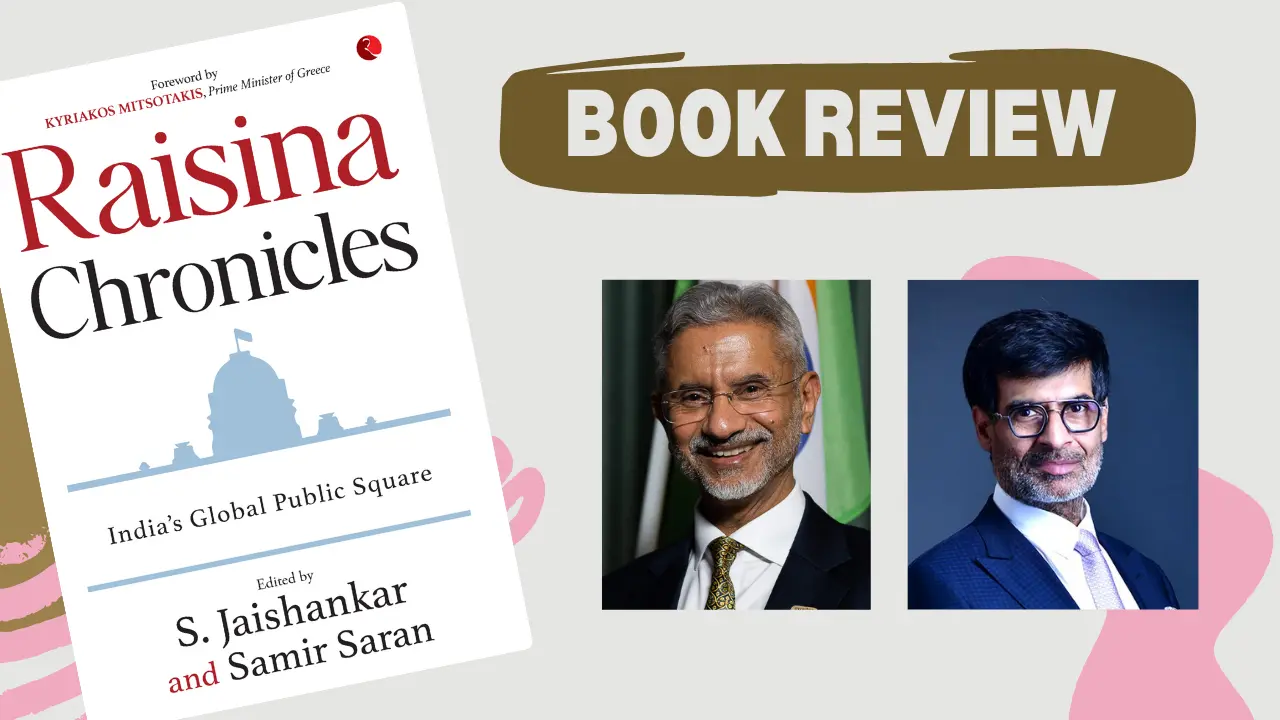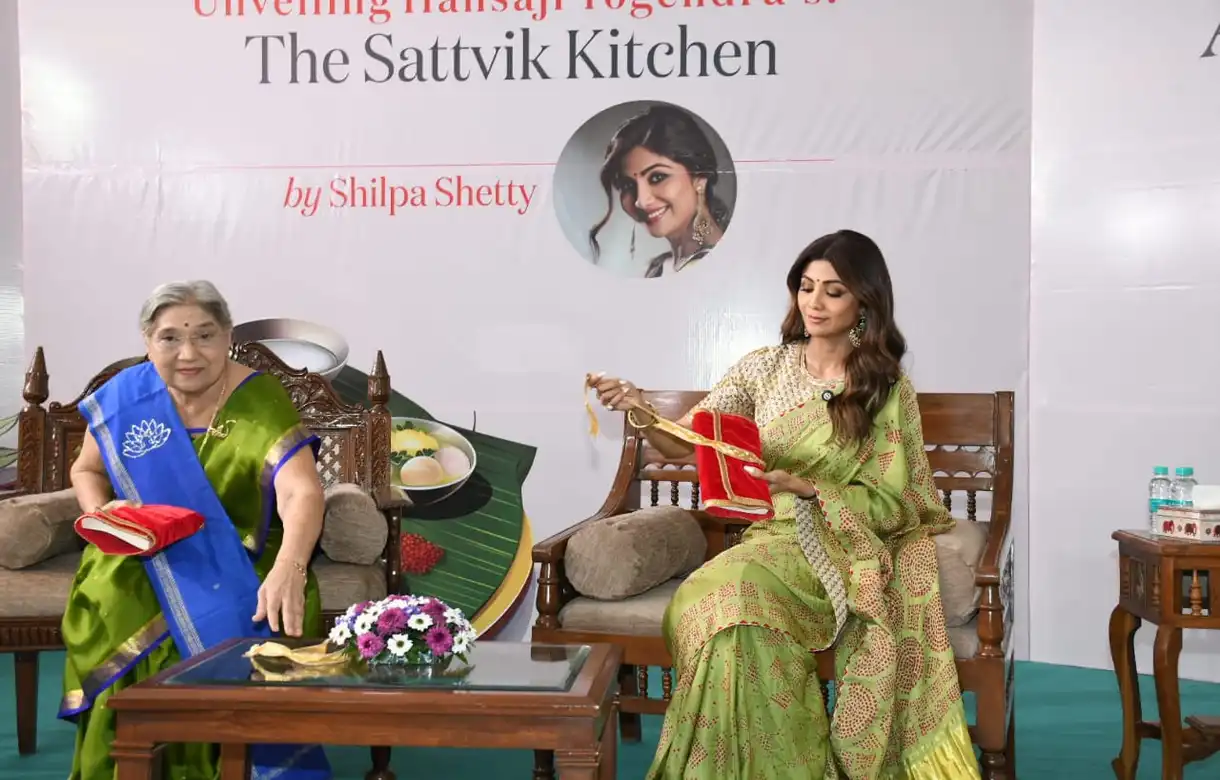[vc_row][vc_column][vc_column_text]Shilpa Shetty Kundra and nutritionist Luke Coutinho’s book The Great Indian Diet – Busting the fat myth tells us that there’s no need to look beyond borders to tailor the perfect diet
By Niti Singh Bhandari
Increasingly people are getting more and more aware about illnesses and their relationship with what we eat. All the delicacies consumed by us are converted into their basic components of carbohydrates, fats, minerals, potassium, magnesium, sodium, albumins and so on for the body to perform various functions. An imbalance in any one compound, mineral or vitamin manifests in the form of serious illnesses.
This is why the approach to food needs to be holistic and well-informed, and we must think before we jump onto the bandwagon of any food diet that is restrictive in its outlook. Also, for diets to be long-lasting, you need to relish your food and have enough for your body to feel satiated.
Accomplished yoga practitioner, actress, businesswoman and full-time mother Shilpa Shetty Kundra joins hands with her nutritionist, Luke Coutinho, who is also a fitness expert and cancer specialist, to debunk food myths and fad diets in her first book, The Great Indian Diet – Busting the Fat Myth, that promotes traditional Indian food and ingredients easily available in the Indian kitchen.
There is nothing in the Indian diet that is not healthy, and interest in foreign foods is in fact putting on our plate all that can mess with our body. The further the food is from the farm to the kitchen, the more damages it causes to us. Out goes wonder food quinoa—and others food fads promoted in the West—in favour of food that is locally grown and produced. An anecdote early on in the book concerning film actor Madhavan—who had visited a famous food camp in Austria, only to be told by the nutritionist to go back to India and consume the traditional Indian diet—puts things in perspective.
“Many Indian foods, especially whole grains, lentils, legumes, nuts, lean vegetables and healthy fats do not rapidly spike insulin levels, and instead convert your body into a fat-burning machine,” writes Shilpa. Ghee belongs to this category of fat-burning food, and Shilpa writes down her own recipe of making ghee, which should be handy for the next gen, although many Indian households have elders who have been making ghee at home.
Depending upon your age, weight and sex, the minimum daily energy requirement for an adult human being is 1,200-1,800 calories, and the book lists out non-veg and veg meal plans for this.
At the heart of the book is an impassioned plea inspiring Indians to eat more and more healthy locally-grown food. By glorifying all ingredients commonly available in the Indian kitchen, and by enumerating the essential benefits of the spices and the food combos cooked in Indian homes, the book’s commonsensical approach is appealing.
Expect to get more knowledgeable about the Indian food ingredients by reading the book. However, for specific queries like how much of egg yolk to have (which the book strongly recommends!) is something that can be answered by only a personal consultation. At one point, the book rubbishes the benefits of soya, and strangely, elsewhere recommends soybean oil and soy foods. Also too much is made out of the art of visual realisation. It is good to remain positive at all times, though the idea that by imagining a perfect body we shall achieve that by not laying serious emphasis to what we put on our plate is rather over-optimistic.[/vc_column_text][vc_column_text]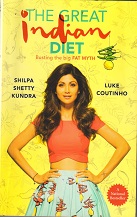
The Great Indian Diet – Busting the fat myth
Author: Shilpa Shetty Kundra and Luke Coutinho
Publisher: Random House India
Printed pages: 180
Price: Rs 299[/vc_column_text][/vc_column][/vc_row]
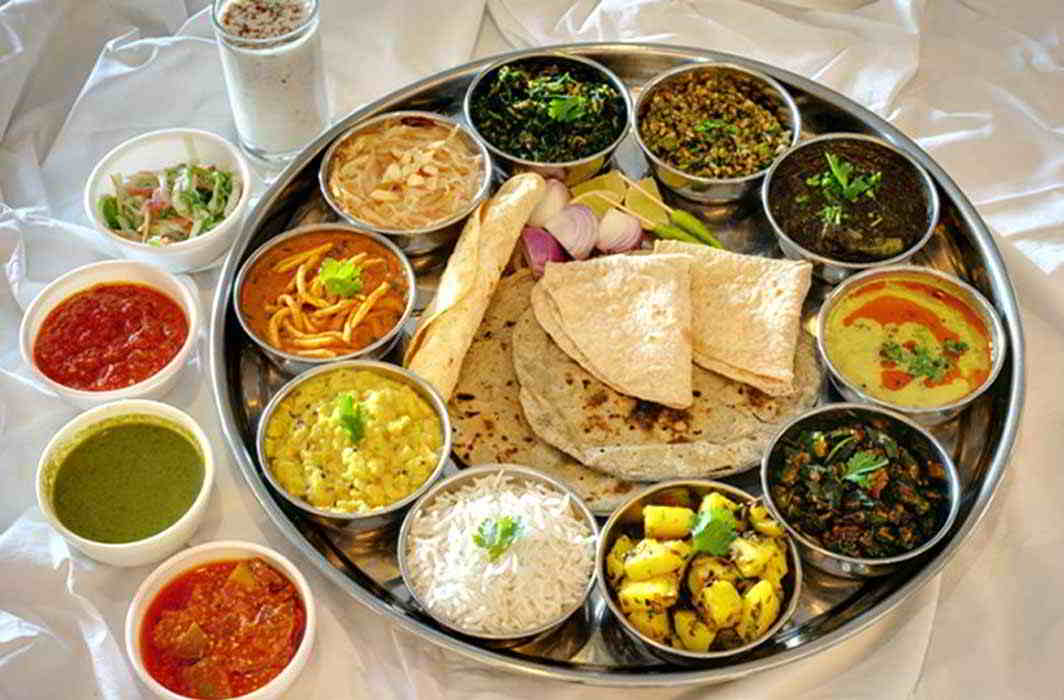

 India News9 hours ago
India News9 hours ago
 India News4 hours ago
India News4 hours ago
 India News8 hours ago
India News8 hours ago
 India News3 hours ago
India News3 hours ago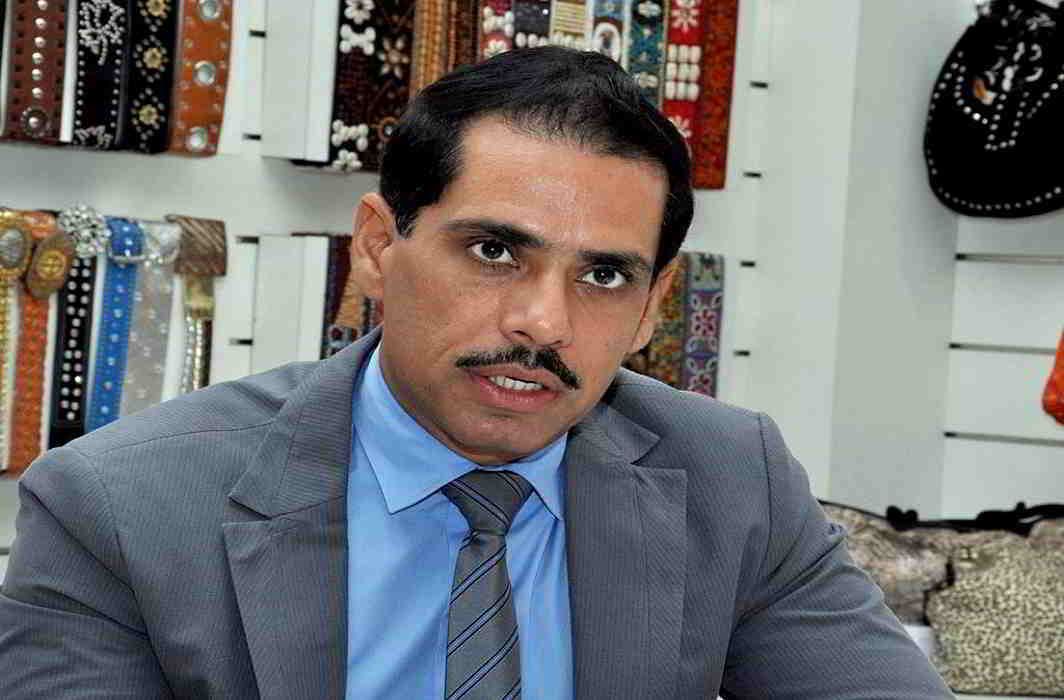
 India News1 hour ago
India News1 hour ago
 Entertainment51 mins ago
Entertainment51 mins ago
 India News36 mins ago
India News36 mins ago
 Entertainment23 mins ago
Entertainment23 mins ago



